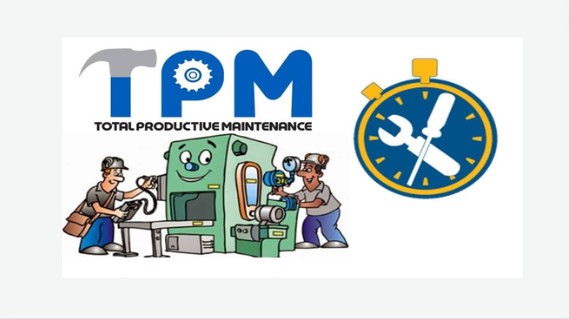
10 Benefits of Total Productive Maintenance
Pratik Lohiya |
16 Mar 2024 |
17:18 PM
- What Is TPM and Its Benefits?
- The Benefits of Total Productive Maintenance
- Optimizing Operations: 10 Benefits of TPM (Total Productive Maintenance)
- Implementing TPM in Your Business
- How Do You Devise the Best Maintenance Strategy for Your Equipment?
- Enhancing Maintenance Efficiency with Proptor's CMMS Software
- Conclusion
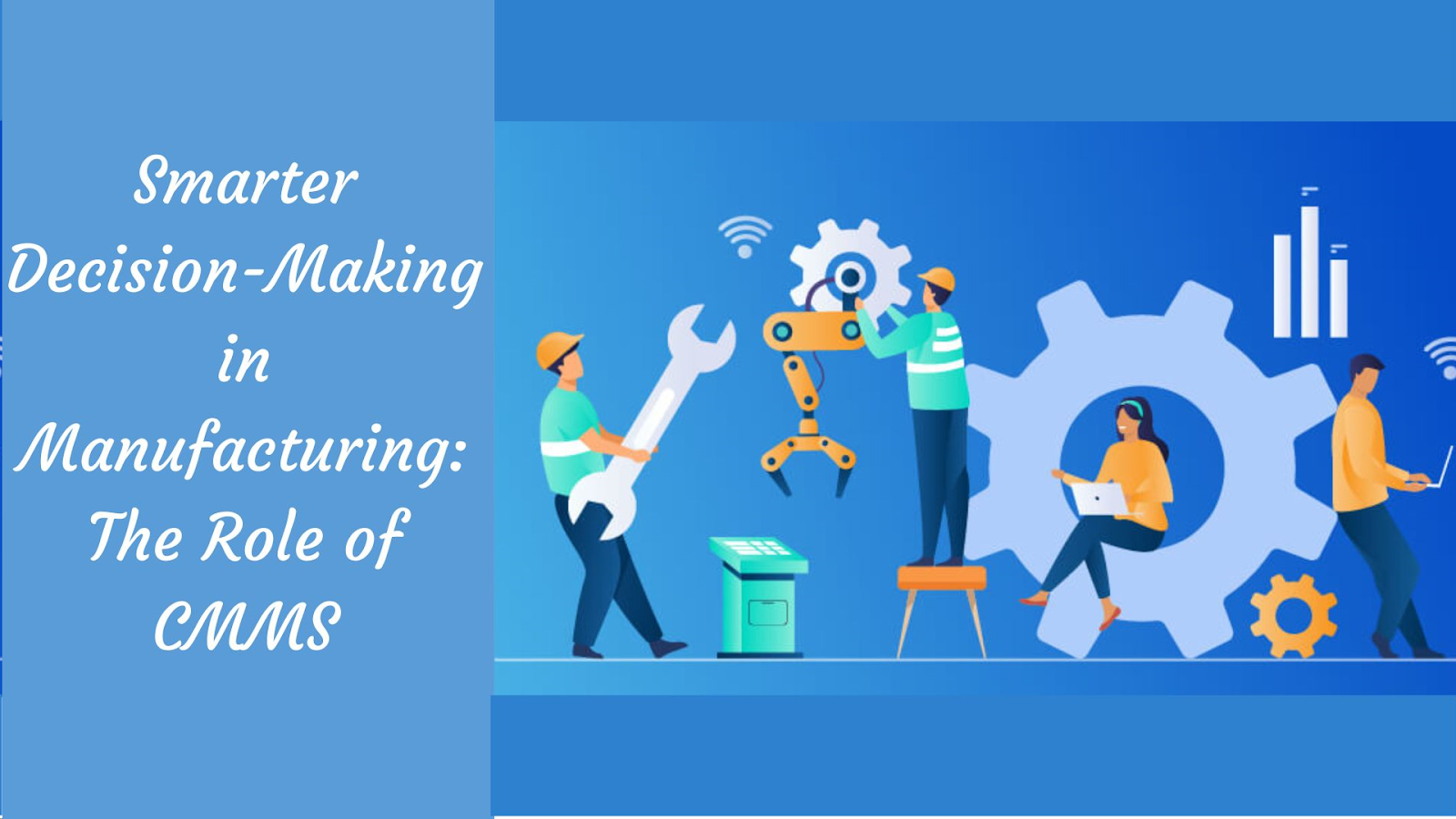
Smarter Decision-Making in Manufacturing: The Role of CMMS
Viki Dongare 03 Jun 2024 | 08:07 AMLearn how CMMS (Computerized Maintenance Management System) software is transforming maintenance management in manufacturing plants. Gain insights on how it is streamlining work order management, boosting efficiency, saving costs, and enhancing safety...
Introduction to Total Productive Maintenance (TPM)
Total Productive Maintenance (TPM) is a proactive approach to equipment maintenance that aims to maximize the performance efficiency and effectiveness of production processes. It goes beyond traditional reactive maintenance tasks and focuses on empowering employees to take ownership of equipment reliability and performance.
What Is TPM and Its Benefits?
TPM is not merely a maintenance strategy; it is a philosophy that encompasses the entire organization. At its core, TPM seeks to eliminate losses in the production process by ensuring that equipment operates at its optimal level. By implementing TPM, businesses can experience a wide range of benefits:

-
Improved Equipment Effectiveness: TPM enhances equipment effectiveness by reducing downtime and improving overall equipment performance. This leads to increased productivity and higher output levels.
-
Preventive Maintenance: TPM emphasizes preventive maintenance practices to address issues before they lead to equipment failure. Regular inspections and quality maintenance activities help extend the lifespan of machinery and prevent costly breakdowns.
-
Optimized Overall Equipment Effectiveness (OEE): OEE is a key metric in TPM that measures the productivity of equipment. By implementing TPM principles, organizations can maximize OEE by minimizing downtime, reducing defects, and increasing production speed.
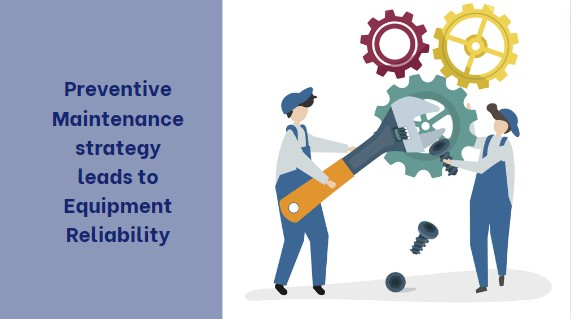
-
Cost Savings: By reducing maintenance costs and eliminating unnecessary downtime, TPM helps businesses save money in the long run. By investing in proactive maintenance strategies, companies can avoid costly repairs and production losses.
-
Increased Equipment Performance: TPM focuses on improving equipment performance through measures such as early equipment management and autonomous maintenance. This leads to better reliability, efficiency, and quality of output.
-
Continuous Improvement: TPM encourages a culture of continuous improvement where employees are empowered to identify and implement changes to enhance own equipment performance efficiency.
-
Reduced Unplanned Downtime: Unplanned downtime can be detrimental to production schedules and profitability. TPM helps minimize unplanned downtime by addressing issues proactively and implementing measures to prevent equipment failures.
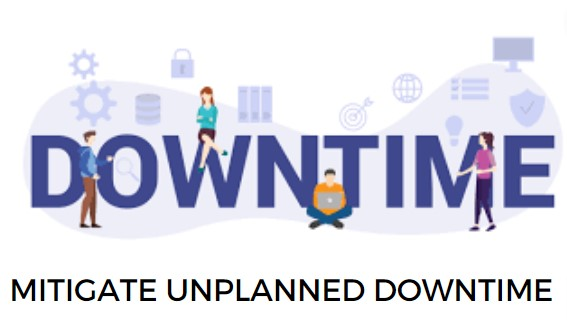
-
Autonomous Maintenance: In TPM, autonomous maintenance involves empowering operators to perform routine maintenance tasks on their new equipment. This not only increases equipment reliability but also fosters a sense of ownership and responsibility among employees.
TPM is built upon eight core principles, known as the "8 Pillars of TPM," which provide a framework for implementing and sustaining TPM practices. These pillars include:
-
Focused Improvement
-
Autonomous Maintenance
-
Planned Maintenance
-
Early Equipment Management
-
Quality Management
-
Training and Education
-
Administrative and Office Functions
-
Safety, Health, and Environment
Each pillar plays a crucial role in achieving the goals of TPM and ensuring the continuous improvement of equipment reliability and performance. By embracing these principles, organizations can unlock the full potential of TPM and reap its numerous benefits.
The Benefits of Total Productive Maintenance
Overview: What Are the Benefits of Total Productive Maintenance?
Total Productive Maintenance (TPM) stands as a cornerstone philosophy in modern industrial management, offering a multitude of advantages to businesses of all sizes. At its core, TPM aims to optimize equipment effectiveness and minimize production losses through proactive maintenance strategies and employee involvement. By integrating TPM principles into their operations, organizations can unlock a myriad of benefits that significantly enhance their overall performance and competitiveness.
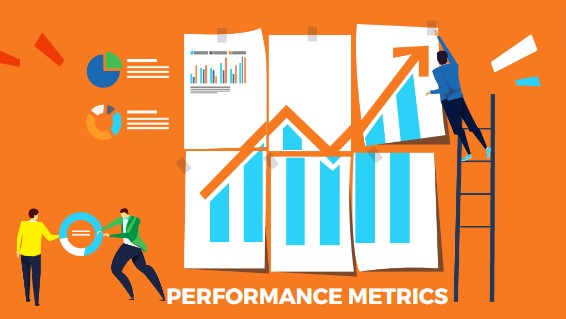
One of the primary benefits of TPM lies in its ability to enhance equipment effectiveness. By focusing on preventive maintenance and minimizing downtime, TPM ensures that production equipment operates at its optimal level, leading to increased productivity and higher output levels. Moreover, TPM emphasizes the optimization of Overall Equipment Effectiveness (OEE), a critical metric that measures the performance efficiency of production equipment. By maximizing OEE, organizations can achieve higher levels of productivity, quality management, and throughput, thereby boosting their bottom line.
Optimizing Operations: 10 Benefits of TPM (Total Productive Maintenance)
Furthermore, TPM helps organizations reduce maintenance costs by minimizing unplanned downtime, optimizing maintenance schedules, and preventing costly breakdowns. By fostering a culture of continuous improvement and empowering employees to take ownership of equipment reliability, TPM enables businesses to achieve sustained success and operational excellence in today's competitive marketplace.
#1: Increased Quality Output
Through Total Productive Maintenance (TPM), businesses witness a notable enhancement in product quality as equipment operates at peak performance levels, minimizing defects and ensuring consistent standards.
#2: Improved Safety

TPM not only optimizes equipment effectiveness but also prioritizes workplace safety. By addressing potential hazards and promoting safe work practices, TPM contributes to a safer and healthier work environment.
#3: Strategized Planned Maintenance
TPM emphasizes strategic planned maintenance schedules, ensuring that maintenance activities are scheduled proactively to prevent equipment failures and minimize disruptions to production processes.
#4: Reduced Unplanned Maintenance
By implementing preventive maintenance practices and empowering employees to conduct routine inspections, TPM helps minimize unplanned downtime caused by unexpected equipment failures, saving both time and resources.
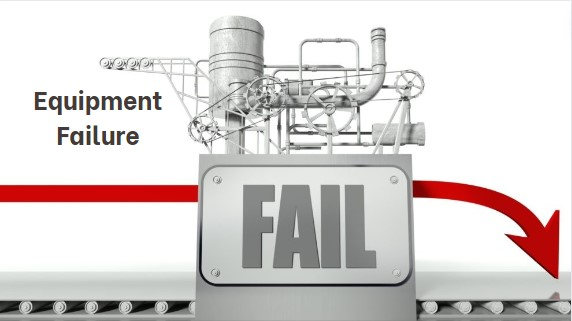
#5: Increased Overall Equipment Effectiveness (OEE)
TPM aims to maximize Overall Equipment Effectiveness (OEE) by optimizing equipment performance, reducing downtime, and minimizing losses due to inefficiencies, ultimately leading to improved productivity and profitability.
#6: Lower Maintenance Costs
Through proactive maintenance strategies and efficient resource allocation, TPM helps organizations reduce maintenance costs by minimizing the need for costly repairs and avoiding unnecessary downtime.
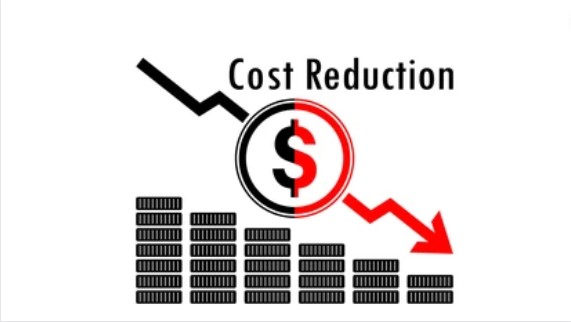
#7: Continuous Improvement
TPM fosters a culture of continuous improvement where employees are encouraged to identify and implement innovative solutions to enhance equipment performance and operational efficiency.
#8: Educated Employees
As an integral part of TPM implementation, employees receive training and education on equipment maintenance and operation, empowering them to contribute actively to the organization's success.
#9: Greater Customer Satisfaction
With improved product quality, reduced lead times, and reliable delivery schedules, TPM enhances customer satisfaction by meeting or exceeding customer expectations consistently.
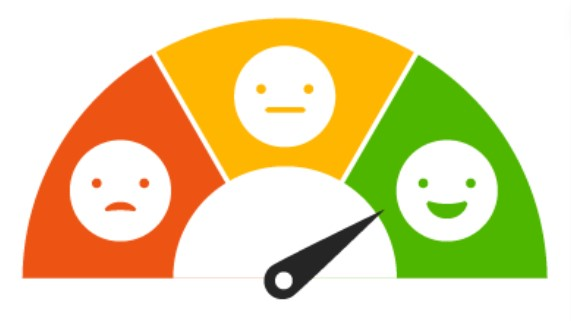
#10: Improved Staff Morale
By involving employees in equipment maintenance and decision-making processes, TPM boosts staff morale and job satisfaction, leading to higher levels of employee engagement and retention.
Implementing TPM in Your Business
Implementing Total Productive Maintenance (TPM) in your business can lead to significant improvements in operational efficiency, equipment reliability, and overall productivity. However, before embarking on a TPM program, it's essential to assess whether it aligns with your business goals and operational needs.
Is a TPM Program Ideal for Your Business?
A TPM program is ideal for businesses seeking to optimize equipment availability, minimize downtime, and improve overall equipment effectiveness (OEE). If your organization values proactive and preventive maintenance practices and aims to foster a culture of continuous improvement, then implementing TPM could be a strategic decision.
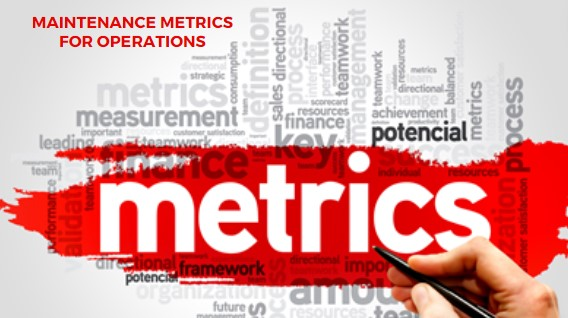
Moreover, businesses operating in industries with complex manufacturing equipment, such as automotive, pharmaceuticals, or heavy machinery, can benefit greatly from TPM. By focusing on equipment efficiency and reliability, TPM helps organizations meet production targets, reduce costs, and enhance customer satisfaction.
How Do You Devise the Best Maintenance Strategy for Your Equipment?
Devising the best maintenance strategy for your equipment involves a comprehensive assessment of your production processes, equipment requirements, and organizational capabilities. Here are some steps to guide you:
Identify Critical Equipment: Determine which equipment plays a crucial role in your production processes and prioritize maintenance efforts accordingly.
Conduct Risk Assessments: Assess potential risks and failure modes associated with each piece of equipment to develop proactive maintenance plans.
Implement Predictive Maintenance: Utilize predictive maintenance techniques, such as condition monitoring and predictive analytics, to anticipate equipment failures and address issues before they escalate.

Establish Key Performance Indicators (KPIs): Define KPIs to measure the effectiveness of your maintenance efforts, such as OEE, equipment uptime, and maintenance costs.
Train and Empower Maintenance Teams: Provide comprehensive training to maintenance personnel on TPM principles and maintenance techniques. Encourage cross-functional collaboration and empower employees to take ownership of equipment reliability.
Continuous Improvement: Implement a structured TPM process that emphasizes incremental improvements and encourages feedback from employees at all levels of the organization.
By implementing TPM and devising a robust strategy for maintaining equipment, you can optimize operational efficiency, enhance equipment reliability, and achieve sustainable business growth.
Enhancing Maintenance Efficiency with Proptor's CMMS Software
Proptor's Computerized Maintenance Management System (CMMS) software is a powerful tool designed to streamline maintenance processes and enhance operational efficiency. By leveraging Proptor's CMMS software, businesses can effectively implement Total Productive Maintenance (TPM) principles and experience a wide range of benefits.
Proptor's CMMS software helps organizations optimize equipment availability by providing real-time insights into equipment status, maintenance schedules, and work orders. With proactive and preventive maintenance features, businesses can minimize downtime, reduce the risk of equipment failures, and ensure smooth production operations.
Furthermore, Proptor's CMMS software enables businesses to track key performance indicators (KPIs) related to equipment reliability, maintenance costs, and overall equipment effectiveness (OEE). By monitoring KPIs, organizations can identify areas for improvement and make data-driven decisions to enhance maintenance efficiency and productivity.
Experience the Benefits of TPM With Proptor's CMMS Software
By implementing Proptor's CMMS software, businesses can experience the full benefits of Total Productive Maintenance (TPM) and drive continuous improvement in their maintenance processes. With features such as predictive maintenance, maintenance task management, and comprehensive reporting capabilities, Proptor's CMMS software empowers organizations to optimize equipment reliability, improve safety, and achieve perfect production.
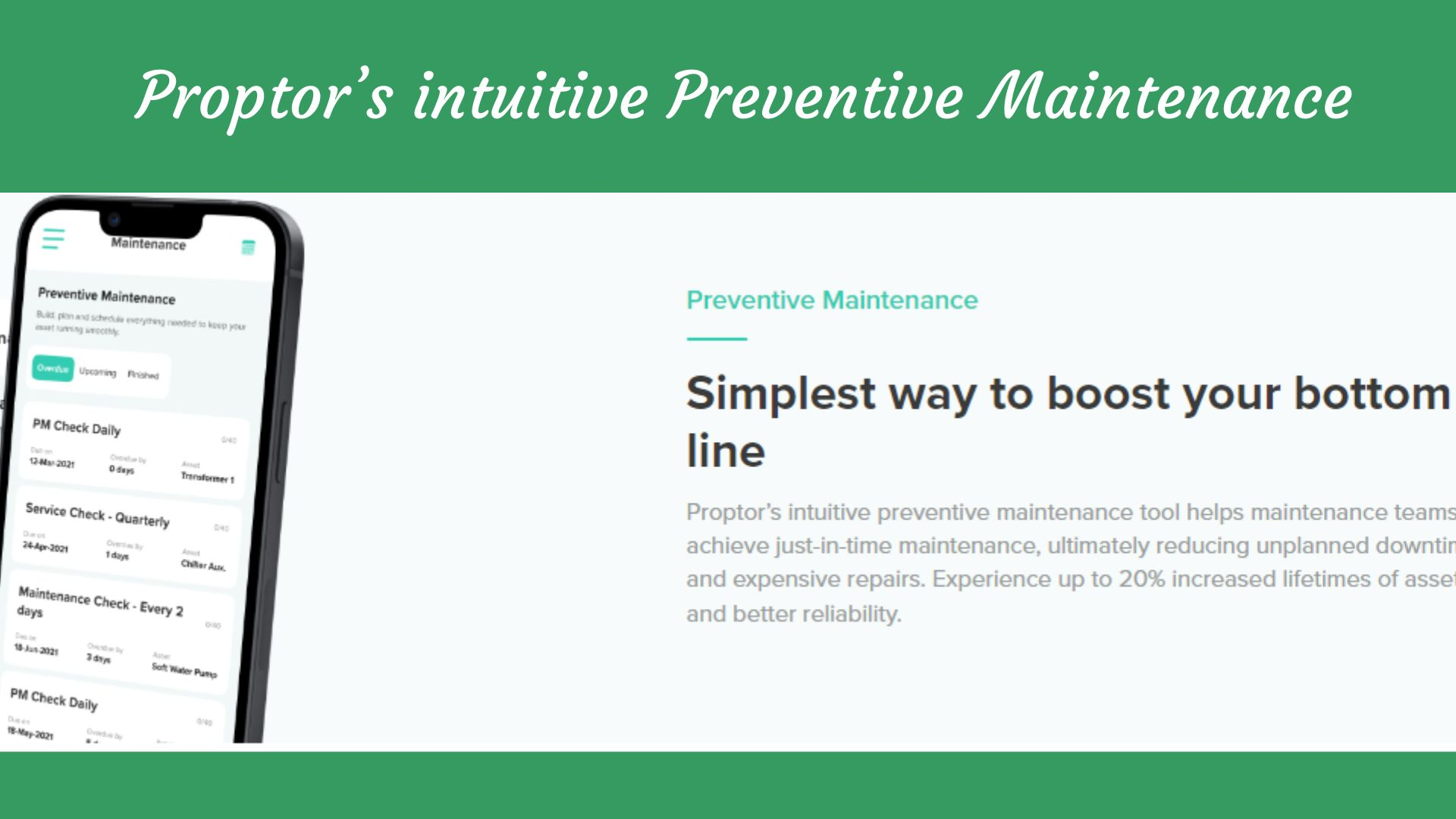
Whether you're managing a single production line or multiple manufacturing plants, Proptor's CMMS software provides the tools and insights needed to enhance maintenance efficiency, increase equipment reliability, and drive operational excellence. Start your journey towards improved maintenance performance and experience the benefits of TPM with Proptor's CMMS software today.
Conclusion
Total Productive Maintenance (TPM) stands as a transformative approach to equipment maintenance and management, offering a wealth of benefits to businesses across various industries. By embracing TPM principles and practices, organizations can optimize equipment availability, minimize downtime, and enhance overall operational efficiency. From increased equipment reliability to improved safety and enhanced equipment productivity, TPM enables businesses to achieve perfect production while driving continuous improvement in maintenance processes.
TPM also fosters a culture of proactive and preventive maintenance, empowering employees to take ownership of equipment reliability and performance. By investing in employee training and education, organizations can cultivate a skilled workforce that is capable of implementing TPM strategies effectively.
Moreover, with the support of advanced technologies such as Computerized Maintenance Management System (CMMS) software, businesses can streamline maintenance operations, track key performance indicators, and make data-driven decisions to drive operational excellence.
In today's competitive landscape, where efficiency and reliability are paramount, implementing TPM is not just an option but a necessity for businesses striving to stay ahead. By prioritizing equipment efficiency, safety, and employee morale, organizations can unlock the full potential of TPM and achieve sustainable growth and success.
In essence, TPM represents a holistic approach to maintenance management, where every aspect of the organization is aligned towards the common goal of maximizing equipment effectiveness and ensuring uninterrupted production. As businesses continue to evolve and adapt to changing market dynamics, TPM remains a cornerstone philosophy that paves the way for enhanced performance, improved competitiveness, and sustained success.